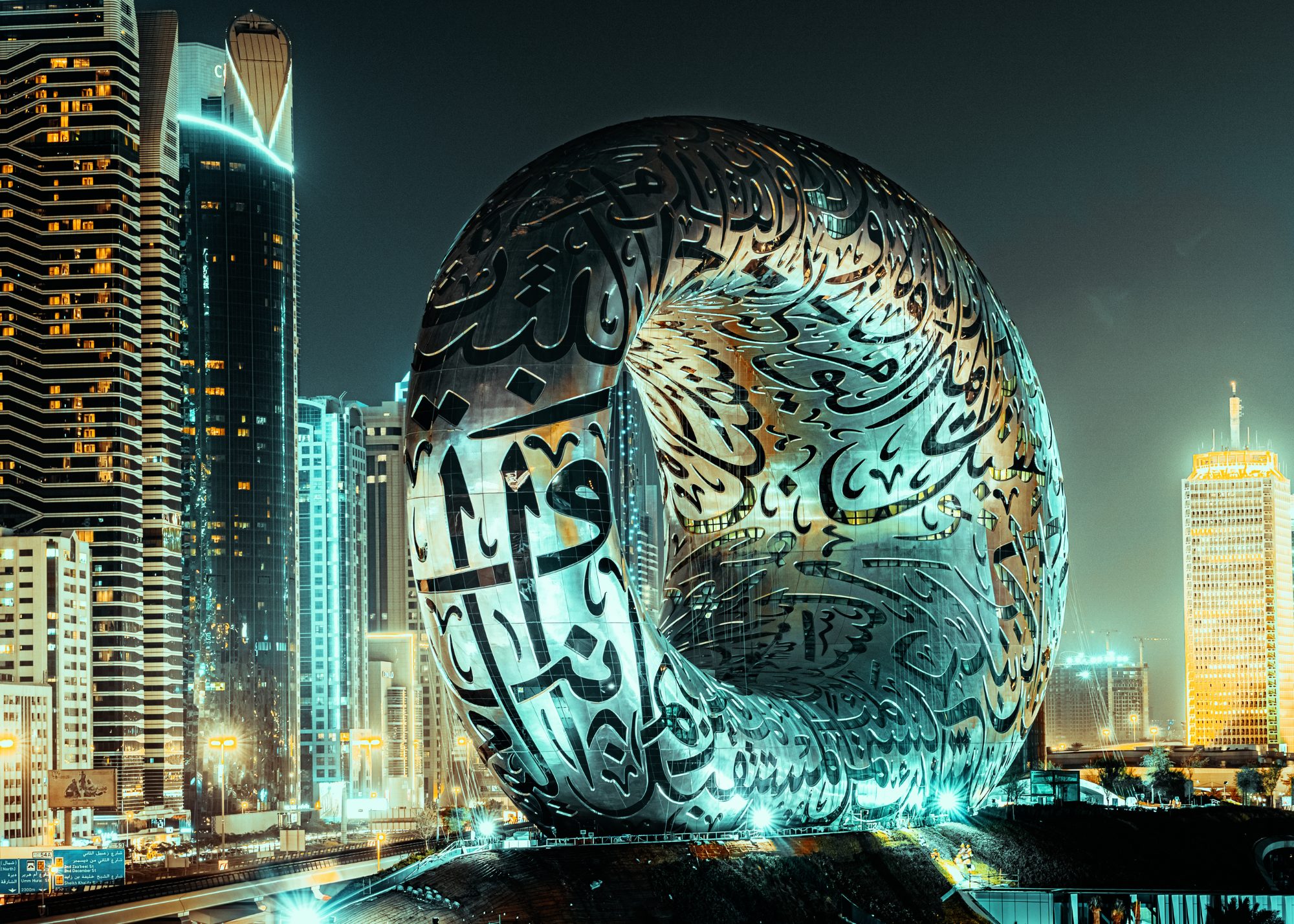In the world of luxury SUVs, the Range Rover Evoque has carved out a unique niche for itself. With its sleek design, premium features, and off-road capabilities, it offers a driving experience that few can match. However, in an age where environmental concerns are at the forefront, the question arises: can a luxury vehicle like the Evoque truly be environmentally friendly? In this article, we will delve into the environmental impact of owning a Range Rover Evoque, exploring factors such as fuel efficiency, emissions, and other pertinent considerations.
Fuel Efficiency
One of the primary environmental considerations when it comes to any vehicle is its fuel efficiency. Range Rover has made significant strides in improving the fuel economy of the Evoque over the years. The latest models feature a range of engine options, including hybrid and mild hybrid variants, which are designed to enhance fuel efficiency while reducing emissions.
The Evoque’s mild hybrid system uses a small electric motor to assist the combustion engine, allowing for smoother acceleration and deceleration. This system also enables the vehicle to shut off the engine when idling, further conserving fuel. Additionally, the plug-in hybrid version of the Evoque offers the option to drive in full electric mode for short distances, reducing both fuel consumption and emissions.

Emissions
Reducing emissions is a key part of minimising the environmental impact of any vehicle. The Range Rover Evoque complies with stringent emissions standards, thanks to the incorporation of advanced technologies such as selective catalytic reduction (SCR) and diesel particulate filters (DPF). These technologies help reduce harmful nitrogen oxide (NOx) and particulate matter emissions, making the Evoque cleaner for the environment.
Moreover, Land Rover has made commitments to electrify its entire lineup in the coming years. This means that we can expect to see even more electric and hybrid options in the Evoque’s future, further reducing its environmental footprint.
Sustainable Materials
Beyond its drivetrain, the Evoque also incorporates sustainable materials in its construction. Land Rover has made efforts to use recycled and renewable materials in the vehicle’s interior, such as recycled plastics, natural fibers, and sustainably sourced woods. This not only reduces the environmental impact of the manufacturing process but also contributes to a more eco-friendly driving experience.
Off-Roading Responsibly
Range Rovers, including the Evoque, are known for their off-road capabilities. While this feature is undoubtedly appealing to many, it’s important for owners to exercise responsibility when venturing off the beaten path. Staying on designated trails, minimising soil erosion, and respecting wildlife habitats are essential steps in ensuring minimal environmental impact during off-roading adventures.

Evoque Owners’ Responsibility
Owning a Range Rover Evoque comes with a degree of responsibility for the environment. Regular vehicle maintenance and servicing can help ensure optimal fuel efficiency and emissions performance. Proper tire inflation, for instance, can significantly improve fuel economy.
Conclusion
In conclusion, the Range Rover Evoque has evolved to become more environmentally conscious over the years. With advancements in fuel efficiency, emissions reduction, and the use of sustainable materials, it strives to minimise its impact on the planet. However, it’s essential for Evoque owners to play their part by adopting eco-friendly driving habits and maintaining their vehicles properly. As luxury SUVs continue to adapt to a changing world, the Evoque is a testament to the automotive industry’s commitment to combining luxury with environmental responsibility.
Bonus – Win a Car
A small driving hack, if you would like a chance to Win a car completely free of charge; make sure to enter into the Good Life Plus sweepstake. You get one entry to win free of charge or if you want to increase your chances of winning a car you can take out a membership to automatically be entered into our prize giveaways daily!






















